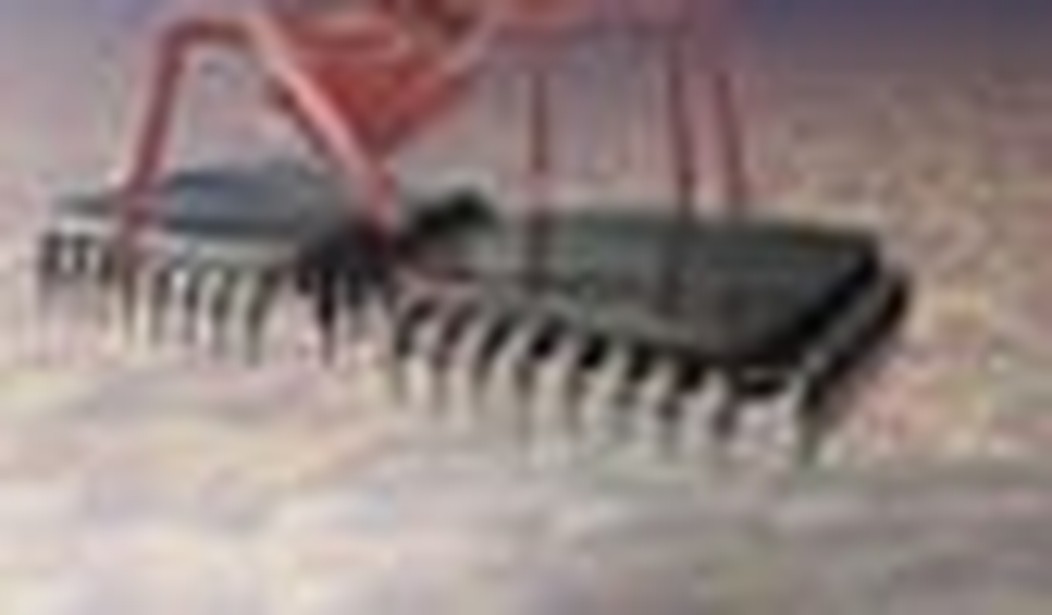So, it has been more than three years since I last blogged about nanotechnology at my NanoBot blog, although I have written about it in other ways for other publications occasionally. But despite my attempt to hide from nano and move on with my career, those little buggers kept following me. They kept popping up everywhere no matter what science/technology topic I chose to write about. But what really brought me back can be described in two words: drug delivery. And, no, that is not a felony charge — at least, not in this case.
Drug delivery is one way nanotech will, at last, begin to live up to its original hype. To describe what nanotech-enabled drug delivery will do in the short term, let’s talk about something that annoys and amuses us all about the pharmaceutical industry: Black Box warnings. You know, those bizarre monotone voice-overs you hear during TV commercials about all the horrible side-effects that go along with the drug. You hear about the risk of heart attack and suicide as you watch people frolic hand-in-hand on the beach. Makes the cure seem much worse than the disease.
The problem, though, is not the drug, itself. The real trouble occurs once the drug is inside the body. In many cases, the drug breaks down, but then tend to clump together. The body generally sees these clumps as alien invaders and works like crazy to get them out. So, one of the major problems facing the pharmaceutical industry today is the poor solubility of drugs. The result is that drugmakers tack on compounds to make the drugs soluble. Unfortunately, patients read about the side-effects of those soluble compounds in the often-mocked, ubiquitous Black Box warnings that drug companies are forced to include in their commercials. The challenge is to find materials that make those side effects disappear.
The solubility problem is especially acute in anti-cancer drugs such as camptothecin. Solvents are often added that both dilute the effect of the drug and produce toxic side-effects. Nanomaterials can supply the answer. Silica-based nanoparticles, for example, can do the trick by carrying anti-cancer drugs directly to the tumor site, releasing its cargo, then disappearing (harmlessly, since silica is, basically, harmless sand).
Better solubility, better tumor targeting, and controlled release are the top three benefits of nanotech in drug delivery, according to a new report produced by UK-based Cientifica. The research group is headed by Tim Harper, who is famously cynical about nanotech hype. So, if he says that nanotech-enabled drug delivery is poised for real-world success in the next decade, I believe him.
Among the many examples that Cientifica cites in its new report is Nucryst Pharmaceuticals, based in Wakefield, Mass., which has developed a way to produce silver nanoparticles that can be used in antimicrobiological coatings. The nanosilver’s antimicrobial properties can be used in creams gels and prescription-drug tablets. The product, code named NPI 32101, is not a drug in itself, but it’s something that can be added to new and existing drugs to make them better.
No, this is not the nanotech of science fiction. But it is the near-term nanotech that can turn out to be pretty amazing anyway.
And it comes just in time for Big Pharma, facing an impending “patent apocalypse” in pharmaceuticals, when generics are going to take away some of their profits. Yes, I know, find me a nano-sized violin. Anyway, they’re looking at delivery methods as ways to extend patents.
But nanotech-enabled drug delivery is not just about improving profits for pharma. It represents the opening of a new frontier in disease treatment — breaking through the blood-brain barrier. Scientists have a love-hate relationship with this amazing mechanism. The barrier keeps viruses away from the brain while letting oxygen and other beneficial nutrients through. But to scientists trying to figure out treatments and cures for neurological diseases like Parkinson’s or Alzheimer’s, that blood-brain barrier is a big pain, locking out therapeutic genes and molecules. So, the story of drug delivery development these days seems to be increasingly about breaking through that final frontier.
So, yes, something funny happened along the way to “nanobots” in the bloodstream. Nanotech started to get real. And it’s been doing it without hype. That’s because nanotechnology is not any one technology at all. It’s an enabling technology. Many do not want to be associated with the hype of a decade ago, so they are not calling it nanotech at all.
This was probably the intent all along. Nanotech is simply the next generation of many different types of disciplines and technologies. I’m continuing to follow it with fascination. Watch this space for more.









Join the conversation as a VIP Member